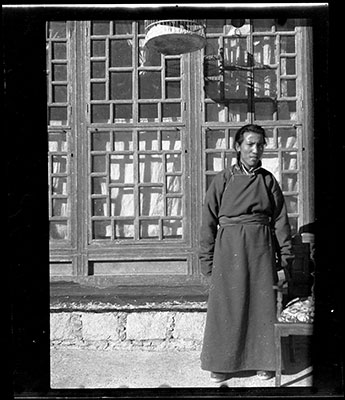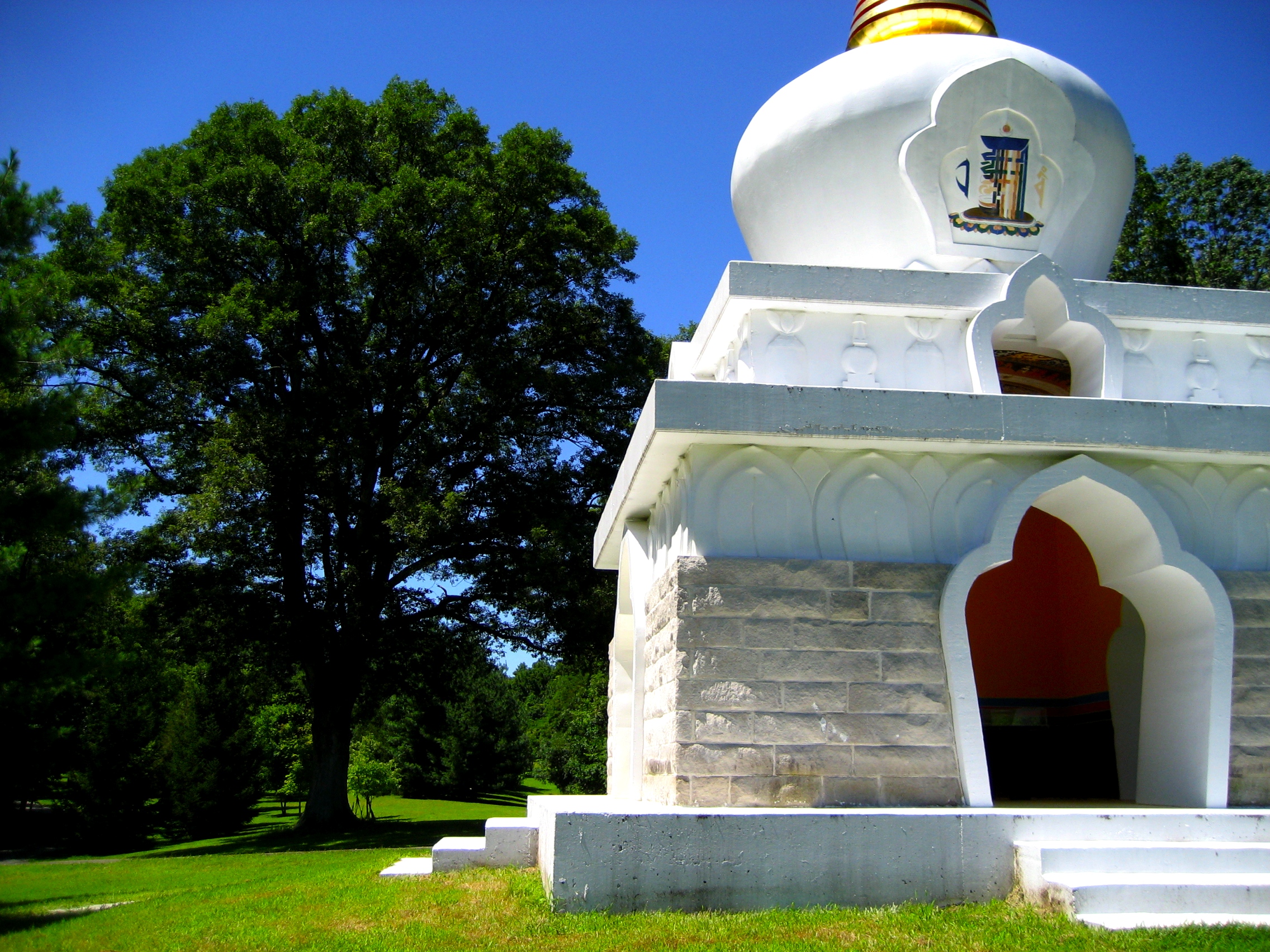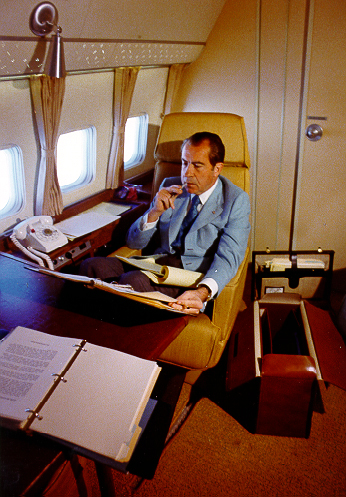|
Gyalo Thondup
Gyalo Thondup (; ), born c.1927, is the second-eldest brother of the 14th Dalai Lama. He often acted as the Dalai Lama's unofficial envoy. Early life In late fall of 1927, Gyalo Thondup was born in the village of Taktser, Amdo (Ping'an District, Qinghai province). In 1939, he moved with his family to Lhasa. In 1942, at the age of 14, Thondup went to Nanjing, the capital of Republican China, to study Standard Chinese and the history of China. He often visited Chiang Kai-shek at his home and ate dinner with him. "In fact, young Gyalo Thondup ate his meals at the Chiang family table, from April 1947 until the summer of 1949, and tutors selected by Chiang educated the boy." In 1948, he married Zhu Dan, the daughter of a Kuomintang general. Political involvement In 1949, before the Communist revolution of that year in China, Thondup left Nanjing for India via British Hong Kong. "Gyalo Thondup... was the first officially acknowledged Tibetan to visit Taiwan since 1949. Taipei Rad ... [...More Info...] [...Related Items...] OR: [Wikipedia] [Google] [Baidu] |
Gyalo Thondup
Gyalo Thondup (; ), born c.1927, is the second-eldest brother of the 14th Dalai Lama. He often acted as the Dalai Lama's unofficial envoy. Early life In late fall of 1927, Gyalo Thondup was born in the village of Taktser, Amdo (Ping'an District, Qinghai province). In 1939, he moved with his family to Lhasa. In 1942, at the age of 14, Thondup went to Nanjing, the capital of Republican China, to study Standard Chinese and the history of China. He often visited Chiang Kai-shek at his home and ate dinner with him. "In fact, young Gyalo Thondup ate his meals at the Chiang family table, from April 1947 until the summer of 1949, and tutors selected by Chiang educated the boy." In 1948, he married Zhu Dan, the daughter of a Kuomintang general. Political involvement In 1949, before the Communist revolution of that year in China, Thondup left Nanjing for India via British Hong Kong. "Gyalo Thondup... was the first officially acknowledged Tibetan to visit Taiwan since 1949. Taipei Rad ... [...More Info...] [...Related Items...] OR: [Wikipedia] [Google] [Baidu] |
Central Intelligence Agency
The Central Intelligence Agency (CIA ), known informally as the Agency and historically as the Company, is a civilian foreign intelligence service of the federal government of the United States, officially tasked with gathering, processing, and analyzing national security information from around the world, primarily through the use of human intelligence (HUMINT) and performing covert actions. As a principal member of the United States Intelligence Community (IC), the CIA reports to the Director of National Intelligence and is primarily focused on providing intelligence for the President and Cabinet of the United States. President Harry S. Truman had created the Central Intelligence Group under the direction of a Director of Central Intelligence by presidential directive on January 22, 1946, and this group was transformed into the Central Intelligence Agency by implementation of the National Security Act of 1947. Unlike the Federal Bureau of Investigation (FBI), which is a ... [...More Info...] [...Related Items...] OR: [Wikipedia] [Google] [Baidu] |
Tenzin Tethong
Tethong Tenzin Namgyal ( born 1947) is a Tibetan politician and a former Prime Minister (Kalon Tripa) of Central Tibetan Administration. Naming practice Traditionally, ordinary Tibetan people carry a first personal name and may or may not carry a second personal name, but does have a family name which is known as Tethong. Tenzin Namgyal Tethong is a special case where he is of aristocratic descent from the area called Tashi Thongmon, which is abbreviated as Te-Thong. When a person carries a family name, it should come in the very beginning. When the names are translated into English, they have adopted European grammatical practice of placing the family name at the end. Early life Tenzin Tethong started his exile life when he accompanied his family to Mussoorie in 1959 where the Dalai Lama, months after his arrival from Tibet, had started a school. His father was a teacher, and because of a shortage of anyone with knowledge of languages other than Tibetan, Tenzin Tethong and ... [...More Info...] [...Related Items...] OR: [Wikipedia] [Google] [Baidu] |
Sikyong
The () is the political leader of the Central Tibetan Administration, a Tibetan exile organisation also known as the Tibetan Government-in-Exile based on the 2011 Charter of Tibetans-in-exile. The title was created in 2012 after the 14th Dalai Lama decided not to assume any political and administrative authority as the head of the Tibetan Administration for Tibetans-in-exile. The current Sikyong is Penpa Tsering. The Sikyong is the political leader of the Kashag, part of the executive branch of the Central Tibetan Administration. This office should not be confused with the " Chairman of the People's Government of the Tibet Autonomous Region" (). The first directly elected Kalön Tripa was Lobsang Tenzin, the Samdhong Rinpoche, who was elected August 20, 2001. Based on the 13-Article Ordinance for the More Effective Governing of Tibet, Kashag should be composed of three temporal officials and one monk official. Each of them held the title of ''Kalön'' (; ), should seek appoint ... [...More Info...] [...Related Items...] OR: [Wikipedia] [Google] [Baidu] |
Thubten Norbu
Thubten Jigme Norbu () (August 16, 1922 – September 5, 2008), recognised as the Taktser Rinpoche, was a Tibetan lama, writer, civil rights activist and professor of Tibetan studies and was the eldest brother of the 14th Dalai Lama, Tenzin Gyatso. He was one of the first high-profile Tibetans to go into exile and was the first to settle in the United States. Early life Thubten Jigme Norbu was born in 1922 in the small, mountain village of Taktser in the Amdo County of Eastern Tibet. Independence walks In 1995, Norbu cofounded the International Tibet Independence Movement (ITIM). He led three walks for Tibet's independence, starting in 1995 with a week-long walk 80 miles from Bloomington, Indiana to Indianapolis, Indiana. In 1996 he led a 300-mile, 45-day walk from the PRC embassy in Washington, DC to the Headquarters of the United Nations, surrounded by New York City. The following year, joined by Dadon with her 3-year-old son, he led a 600-mile walk from Toronto to New Yor ... [...More Info...] [...Related Items...] OR: [Wikipedia] [Google] [Baidu] |
CIA Tibetan Program
The CIA Tibetan program was a nearly two decades long anti-Chinese covert operation focused on Tibet which consisted of "political action, propaganda, paramilitary and intelligence operations" based on Federal government of the United States, U.S. government arrangements made with brothers of the 14th Dalai Lama, who was not initially aware of them. The goal of the program was "to keep the political concept of an autonomous Tibet alive within Tibet and among several foreign nations". Although it was formally assigned to the CIA, it was nevertheless closely coordinated with several other U.S. government agencies such as the United States Department of State, Department of State and the United States Department of Defense, Department of Defense. Previous operations had aimed to strengthen various isolated Tibetan resistance groups, which eventually led to the creation of a paramilitary force on the Nepalese border consisting of approximately 2,000 men. By February 1964, the projec ... [...More Info...] [...Related Items...] OR: [Wikipedia] [Google] [Baidu] |
Central Tibetan Administration
The Central Tibetan Administration (, , ), often referred to as the Tibetan Government-in-Exile, is a non-profit political organization based in Dharamshala, India. Its organization is modeled after an elective parliamentary government, composed of a judiciary branch, a legislative branch, and an executive branch. The organization was created on 29 May 2011, after the 14th Dalai Lama rejected calls for Tibetan independence; following his decision to not assume any political and administrative authority, the Charter of Tibetans in Exile was updated immediately in May 2011, and all articles related to political duties of the 14th Dalai Lama and regents were repealed. On 29 April 1959, the then-Dalai Lama re-established the Kashag, which was abolished by the Government of the People's Republic of China on 28 March 1959. The Tibetan diaspora and refugees support the Central Tibetan Administration by voting for members of its parliament, the Sikyong, and by making annual financial ... [...More Info...] [...Related Items...] OR: [Wikipedia] [Google] [Baidu] |
Voice Of America
Voice of America (VOA or VoA) is the state-owned news network and international radio broadcaster of the United States of America. It is the largest and oldest U.S.-funded international broadcaster. VOA produces digital, TV, and radio content in 48 languages which it distributes to affiliate stations around the globe. It is primarily viewed by a non-American audience. VOA was established in 1942, and the VOA charter (Public Laws 94-350 and 103–415) was signed into law in 1976 by President Gerald Ford. VOA is headquartered in Washington, D.C., and overseen by the U.S. Agency for Global Media (USAGM), an independent agency of the U.S. government. Funds are appropriated annually under the budget for embassies and consulates. In 2016, VOA broadcast an estimated 1,800 hours of radio and TV programming each week to approximately 236.6 million people worldwide with about 1,050 employees and a taxpayer-funded annual budget of . While Voice of America is seen by some foreign list ... [...More Info...] [...Related Items...] OR: [Wikipedia] [Google] [Baidu] |
Deng Xiaoping
Deng Xiaoping (22 August 1904 – 19 February 1997) was a Chinese revolutionary leader, military commander and statesman who served as the paramount leader of the People's Republic of China (PRC) from December 1978 to November 1989. After CCP chairman Mao Zedong's death in 1976, Deng gradually rose to supreme power and led China through a series of far-reaching market-economy reforms earning him the reputation as the "Architect of Modern China". He contributed to China becoming the world's second largest economy by GDP nominal in 2010. Born in the province of Sichuan in the Qing dynasty, Deng studied and worked in France in the 1920s, where he became a follower of Marxism–Leninism and joined the Chinese Communist Party (CCP) in 1924. In early 1926, Deng travelled to Moscow to study Communist doctrines and became a political commissar for the Red Army upon returning to China. In late 1929, Deng led local Red Army uprisings in Guangxi. In 1931, he was demoted within the ... [...More Info...] [...Related Items...] OR: [Wikipedia] [Google] [Baidu] |
1972 Nixon Visit To China
The 1972 visit by United States President Richard Nixon to the People's Republic of China (PRC) was an important strategic and diplomatic overture that marked the culmination of the Nixon administration's resumption of harmonious relations between the United States and Mainland China after years of diplomatic isolation. The seven-day official visit to three Chinese cities was the first time a U.S. president had visited the PRC; Nixon's arrival in Beijing ended 25 years of no communication or diplomatic ties between the two countries and was the key step in normalizing relations between the U.S. and the PRC. Nixon visited the PRC to gain more leverage over relations with the Soviet Union. The normalization of ties culminated in 1979, when the U.S. established full diplomatic relations with the PRC. When the Chinese Communist Party (CCP) gained power over mainland China in 1949 and the Kuomintang retreated to the island of Taiwan, a former colony of the Empire of Japan ruled from ... [...More Info...] [...Related Items...] OR: [Wikipedia] [Google] [Baidu] |
The Indian Express
''The Indian Express'' is an English-language Indian daily newspaper founded in 1932. It is published in Mumbai by the Indian Express Group. In 1999, eight years after the group's founder Ramnath Goenka's death in 1991, the group was split between the family members. The southern editions took the name ''The New Indian Express'', while the northern editions, based in Mumbai, retained the original ''Indian Express'' name with ''"The"'' prefixed to the title. History In 1932, the ''Indian Express'' was started by an Ayurvedic doctor, P. Varadarajulu Naidu, at Chennai, being published by his "Tamil Nadu" press. Soon under financial difficulties, he sold the newspaper to Swaminathan Sadanand, the founder of ''The Free Press Journal'', a national news agency. In 1933, the ''Indian Express'' opened its second office in Madurai, launching the Tamil edition, '' Dinamani''. Sadanand introduced several innovations and reduced the price of the newspaper. Faced with financial difficultie ... [...More Info...] [...Related Items...] OR: [Wikipedia] [Google] [Baidu] |
Oxford University Press
Oxford University Press (OUP) is the university press of the University of Oxford. It is the largest university press in the world, and its printing history dates back to the 1480s. Having been officially granted the legal right to print books by decree in 1586, it is the second oldest university press after Cambridge University Press. It is a department of the University of Oxford and is governed by a group of 15 academics known as the Delegates of the Press, who are appointed by the vice-chancellor of the University of Oxford. The Delegates of the Press are led by the Secretary to the Delegates, who serves as OUP's chief executive and as its major representative on other university bodies. Oxford University Press has had a similar governance structure since the 17th century. The press is located on Walton Street, Oxford, opposite Somerville College, in the inner suburb of Jericho. For the last 500 years, OUP has primarily focused on the publication of pedagogical texts and ... [...More Info...] [...Related Items...] OR: [Wikipedia] [Google] [Baidu] |






.jpg)

.jpg)